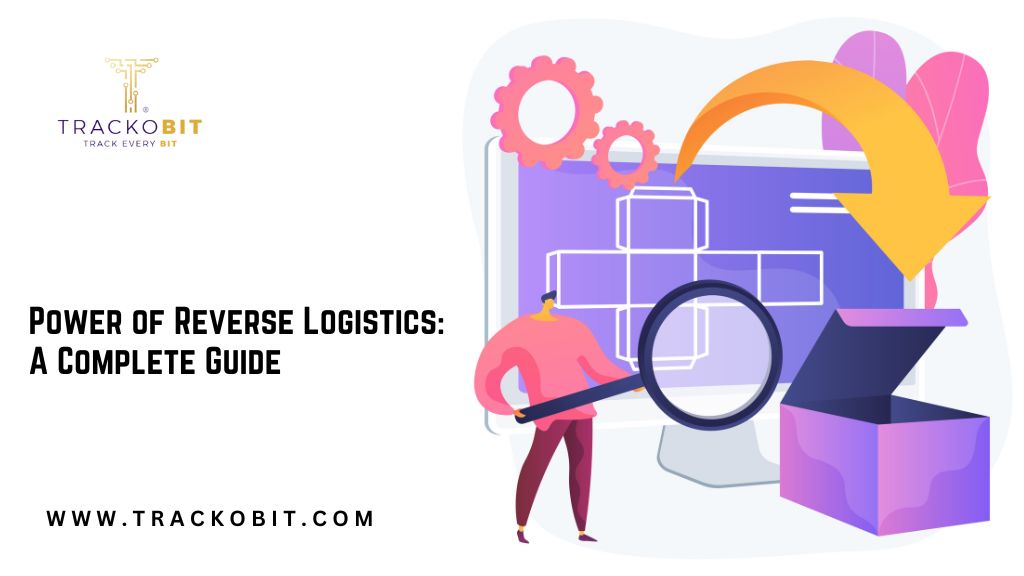Optimizing supply chain processes is crucial for maintaining a competitive edge. One often-overlooked aspect that can significantly impact efficiency and sustainability is Reverse Logistics. In this comprehensive guide, we delve into the intricacies of best reverse logistics, shedding light on its importance, key components, and how businesses can leverage it to enhance overall operations. In this article, we will explore the concept of what is reverse logistics? its importance in contemporary supply chain management and the ways in which it may help the environment and enterprises.
Defining the Concept of Best Reverse Logistics
Reverse Logistics refers to the process of moving goods from their final destination back to the manufacturer or point of origin. Unlike traditional logistics, which focuses on the flow of products from manufacturers to consumers, best reverse logistics deals with product returns, recycling, refurbishing, and disposal.
Key Components of Reverse Logistics
Returns Management
A critical element of best reverse logistics is returns management. Efficient handling of product returns involves streamlining the return process, minimizing costs, and ensuring customer satisfaction. By implementing robust returns management strategies, businesses can turn a potential setback into an opportunity to enhance customer loyalty.
Remanufacturing and Refurbishing
Remanufacturing and refurbishing play a pivotal role in sustainable business practices. Instead of discarding returned products, companies can engage in the process of remanufacturing, restoring items to like-new condition. This not only reduces waste but also allows businesses to reintroduce refurbished products into the market.
Recycling and Disposal
Proper recycling and disposal are integral to responsible best reverse logistics. Sustainable practices involve the environmentally friendly disposal of products that cannot be reused or refurbished. By adhering to eco-friendly methods, businesses contribute to a circular economy and align with growing consumer preferences for environmentally conscious practices.
Advantages of an Effective Reverse Logistics System
Implementing a robust reverse logistics system goes beyond meeting regulatory requirements; it yields tangible benefits for businesses across various industries.
Enhanced Customer Satisfaction
Efficient returns management translates to a positive customer experience. A hassle-free return process builds trust and loyalty, crucial for sustaining a competitive edge in the market.
Cost Savings and Resource Optimization
Strategically managing returns, refurbishment, and recycling not only reduces waste but also contributes to significant cost savings. Businesses can extract value from returned items, minimizing the financial impact of the reverse logistic process.
Environmental Sustainability
Embracing reverse logistic aligns with corporate social responsibility initiatives. By promoting recycling and responsible disposal of products, businesses contribute to environmental sustainability, earning the goodwill of environmentally conscious consumers.
Significance of Reverse Logistics
Cost Savings and Efficiency
Implementing effective reverse logistic can result in substantial cost savings. By optimizing processes related to returns, refurbishing, and recycling, businesses can minimize expenses associated with waste disposal and enhance overall operational efficiency.
Customer Satisfaction
A seamless reverse logistic process contributes to enhanced customer satisfaction. Simplifying the return process and providing transparent communication not only resolves customer issues promptly but also fosters a positive perception of the brand. Satisfied customers are more likely to become loyal advocates for the business.
Best Practices for Implementing Reverse Logistics
Technology Integration
Technology integration is a game-changer in the realm of reverse logistics. Implementing advanced tracking systems and data analytics enables businesses to gain real-time insights into the movement of returned products. This, in turn, facilitates better decision-making and process optimization.
Collaborative Partnerships
Establishing collaborative partnerships with suppliers, retailers, and logistics providers is essential for a seamless best reverse logistic network. Building strong relationships throughout the supply chain ensures that all stakeholders are aligned with the goals of efficient returns management and sustainable practices.
Continuous Improvement
A commitment to continuous improvement is vital in the ever-evolving landscape of reverse logistic. Regularly reassessing and refining processes based on performance metrics and customer feedback ensures that the reverse logistics system remains agile and responsive to changing market dynamics.
Conclusion
Reverse logistics emerges as a critical component that demands attention and strategic implementation. Businesses that grasp the significance of efficient returns management, remanufacturing, and responsible disposal are better positioned to navigate challenges and capitalize on opportunities.
TrackoMile is more than capable of helping businesses ensure the smooth return of the products that will involve the scheduling and picking process. Do not go for us but instead experience the automation for yourself! Contact us to try out a demo to see how our solutions can help you achieve excellent results.









